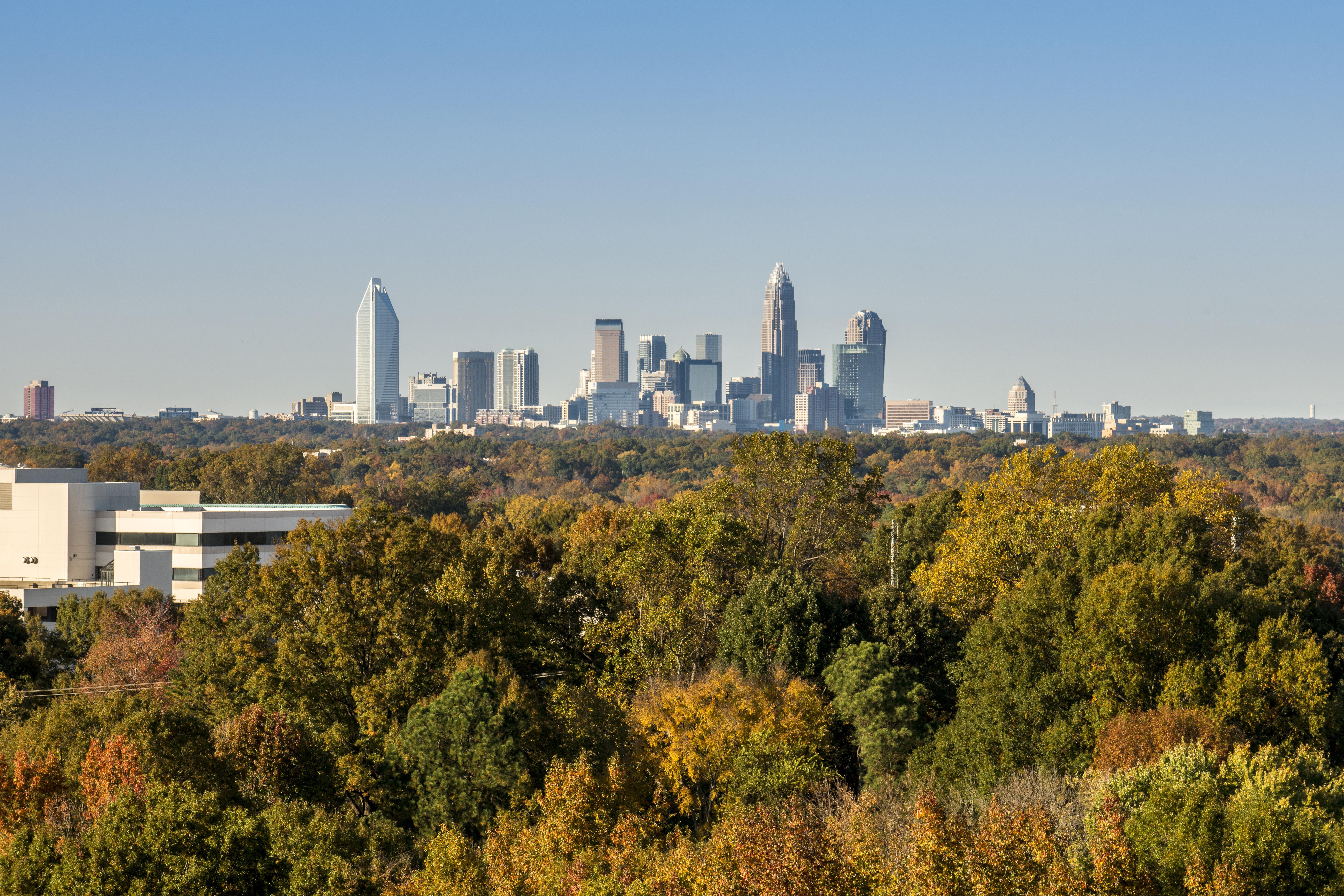The word city may conjure up the image of a dense urban space full of street life and people willing to pack themselves like tinned fish into subway cars for their morning commute. But in the real world, a city is just a set of political boundaries. And often, what’s inside those lines looks all but indistinguishable from a suburb, from cul de sacs to roomy houses to lots and lots of highways. If you’ve ever driven around a place like Phoenix or Austin—or lived basically anywhere outside the East Coast—you’re well aware of this.
Recently, Jed Kolko, chief economist at the real estate website Trulia, has been on a mission to show precisely how suburban many of the country’s biggest cities really are. Even if you’re familiar with how American metropolises tend to sprawl, his findings are striking.
The U.S. Census Bureau doesn’t distinguish between urban and suburban tracts in its official data. So Kolko and Trulia developed their own definition by asking more than 2,000 adults whether they thought they lived in an urban, suburban, or rural neighborhood. “Our analysis showed that the single best predictor of whether someone said his or her area was urban, suburban or rural was ZIP code density,” Kolko explained in an article for FiveThirtyEight this week. “Residents of ZIP codes with more than 2,213 households per square mile typically described their area as urban. Residents of neighborhoods with 102 to 2,213 households per square mile typically called their area suburban.”
Using those benchmarks, Kolko categorized each ZIP code in the United States as urban, suburban, or rural, then calculated the percentage of households within different cities that lived in each sort of zone. He kindly sent me the results for 34 U.S. municipalities with 500,000 or more residents (only a few of which he published at FiveThirtyEight). In 16 of them, more than half the city could be considered suburban, based on density. Eight of them were about two-thirds suburban, or more. Sun Belt cities like like Charlotte, North Carolina; Forth Worth; Phoenix; Tuscon, Arizona, are especially diffuse. Nashville has little more than an urban nub.

Jordan Weissmann
Initially, I was surprised by the fact that both New York and Washington, D.C., qualified as 100 percent “urban” by Kolko’s measure. Large sections of Queens, where it’s not unheard of to find backyard pools and front lawns, seem awfully ‘burblike, as do some wealthier, mansion-studded chunks of Northwest D.C. What that speaks to is the fact that the areas many Americans consider “urban” aren’t really hyper-dense. As Kolko noted at FiveThirtyEight, ZIP codes at the threshold between urban and suburban include places like Falls Church, a strip mall-filled stretch of Northern Virginia, and Teanec, New Jersey.
“The variation across big cities in how urban they really are is enormous,” Kolko wrote to me in an email. “Even the least urban parts of Queens are still more urban than the average neighborhood in many other cities.”
And many other cities, for that matter, barely look like cities at all.
